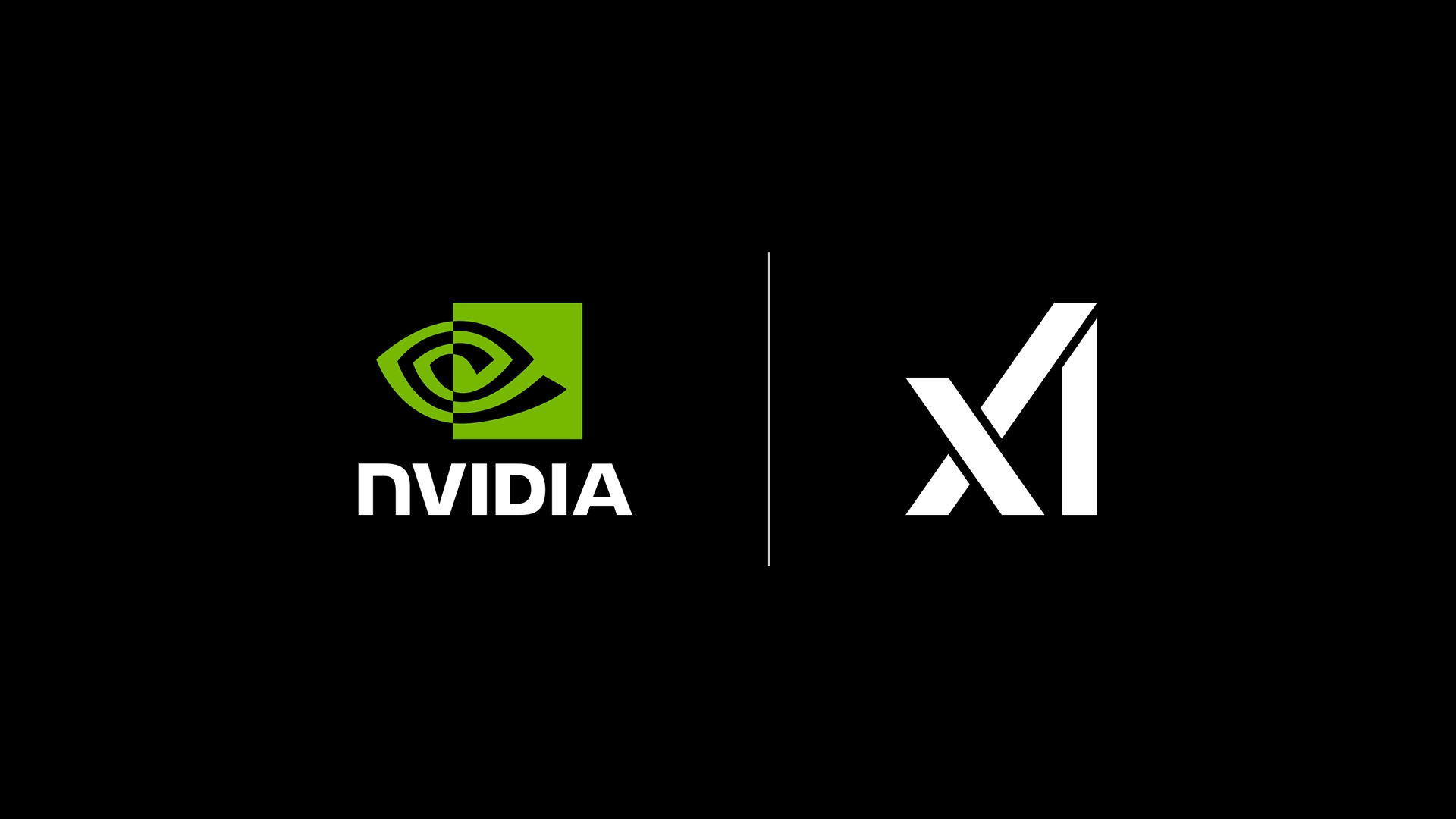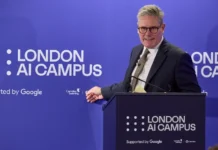NVIDIA’s Colossal Leap in AI: The Colossus Supercomputer
NVIDIA has made a groundbreaking announcement, revealing that the xAI’s Colossus supercomputer cluster, equipped with a staggering 100,000 NVIDIA Hopper Tensor Core GPUs, is now operational in Memphis, Tennessee. This monumental achievement was made possible through the use of NVIDIA’s Spectrum-X Ethernet networking platform. This platform has been engineered to deliver extraordinary performance for multi-tenant, hyperscale AI systems, using a standards-based Ethernet for Remote Direct Memory Access (RDMA) networks.
The Colossus supercomputer currently stands as the largest AI supercomputer globally. It plays a pivotal role in training xAI’s Grok family of large language models, which includes chatbots available as part of the X Premium subscription service. In a bid to expand its capabilities, xAI is planning to double the size of Colossus, aiming for a total of 200,000 NVIDIA Hopper GPUs.
Unmatched Construction Speed
The construction of this state-of-the-art supercomputing facility was a joint effort by xAI and NVIDIA, completed in an astonishing 122 days. This is a significant reduction from the typical timeline for building systems of this magnitude, which can often span several months to years. Remarkably, it took just 19 days from the deployment of the first hardware rack to the commencement of training activities.
Superior Network Performance
During the training of the colossal Grok model, Colossus has achieved unprecedented levels of network performance. Across all three tiers of its network architecture, the supercomputer has encountered zero latency degradation or packet loss, which are often caused by flow collisions. This has been made possible by maintaining a 95% data throughput, facilitated by Spectrum-X’s advanced congestion control mechanisms.
Achieving this level of efficiency and performance at scale is not possible with traditional Ethernet, which typically results in thousands of flow collisions and delivers only about 60% data throughput.
The Need for Enhanced AI Performance
Gilad Shainer, NVIDIA’s Senior Vice President of Networking, emphasized the growing importance of AI, stating, "AI is becoming mission-critical and requires increased performance, security, scalability, and cost-efficiency." He highlighted that the NVIDIA Spectrum-X Ethernet networking platform is specifically designed to offer innovators, like xAI, the capability for faster processing, analysis, and execution of AI workloads. This, in turn, accelerates the development, deployment, and market introduction of AI solutions.
Elon Musk also praised the project, stating on social media, "Colossus is the most powerful training system in the world. Nice work by the xAI team, NVIDIA, and our many partners/suppliers."
A spokesperson for xAI echoed this sentiment, saying, "xAI has built the world’s largest, most powerful supercomputer. NVIDIA’s Hopper GPUs and Spectrum-X allow us to push the boundaries of training AI models at a massive scale, creating a super-accelerated and optimized AI factory based on the Ethernet standard."
The Technology Behind Spectrum-X
At the core of the Spectrum-X platform is the Spectrum SN5600 Ethernet switch, capable of supporting port speeds of up to 800Gb/s. This switch is based on the Spectrum-4 switch ASIC. xAI has strategically paired the Spectrum-X SN5600 switch with NVIDIA BlueField-3® SuperNICs to achieve unparalleled performance.
The Spectrum-X Ethernet networking for AI introduces advanced features that deliver highly efficient and scalable bandwidth with low latency, a characteristic previously exclusive to InfiniBand. These features include adaptive routing with NVIDIA Direct Data Placement technology, advanced congestion control, and enhanced AI fabric visibility and performance isolation. These capabilities are crucial for multi-tenant generative AI clouds and large enterprise environments.
Understanding the Technical Jargon
For those who might find the technical jargon overwhelming, here’s a simplified explanation:
- GPUs (Graphics Processing Units): These are specialized electronic circuits designed to accelerate the processing of images and videos. In AI applications, GPUs are used to speed up the training of machine learning models.
- Ethernet: A widely used technology for connecting devices in a network, allowing them to communicate with each other.
- RDMA (Remote Direct Memory Access): A technology that enables the transfer of data from the memory of one computer to another without involving either computer’s operating system. This results in faster data transfer and reduces the amount of CPU processing required.
- Congestion Control: A network feature that helps manage data traffic to prevent overload and ensure smooth data flow.
- Adaptive Routing: A technique that dynamically adjusts the path data takes through a network, optimizing for speed and efficiency.
- Latency: The time it takes for data to travel from its source to its destination. Lower latency means faster data transmission.
Why This Matters
The unveiling of the Colossus supercomputer marks a significant milestone in the field of artificial intelligence and computing. By harnessing the power of 100,000 GPUs and advanced networking technology, xAI and NVIDIA are setting new benchmarks for AI training capabilities. This development not only enhances the speed and efficiency of AI model training but also paves the way for more complex and sophisticated AI applications.
As AI continues to integrate into various aspects of our lives, from virtual assistants to autonomous vehicles, the need for powerful and efficient computing infrastructure becomes more critical. The Colossus supercomputer represents a leap forward in meeting these demands, promising faster processing times and more robust AI models.
Conclusion
NVIDIA’s collaboration with xAI on the Colossus supercomputer is a testament to the rapid advancements in AI technology and infrastructure. By leveraging cutting-edge networking platforms and GPU technology, the project highlights the possibilities for future AI innovations. As xAI continues to expand the capabilities of Colossus, the potential for breakthroughs in AI applications becomes even more exciting.
For more detailed information, you can visit NVIDIA’s official website. The advancements made with Colossus are not just technical achievements but are poised to shape the future landscape of artificial intelligence and computing.
For more Information, Refer to this article.



































